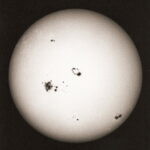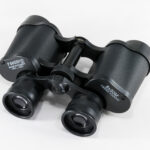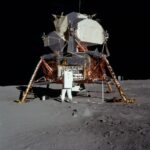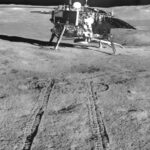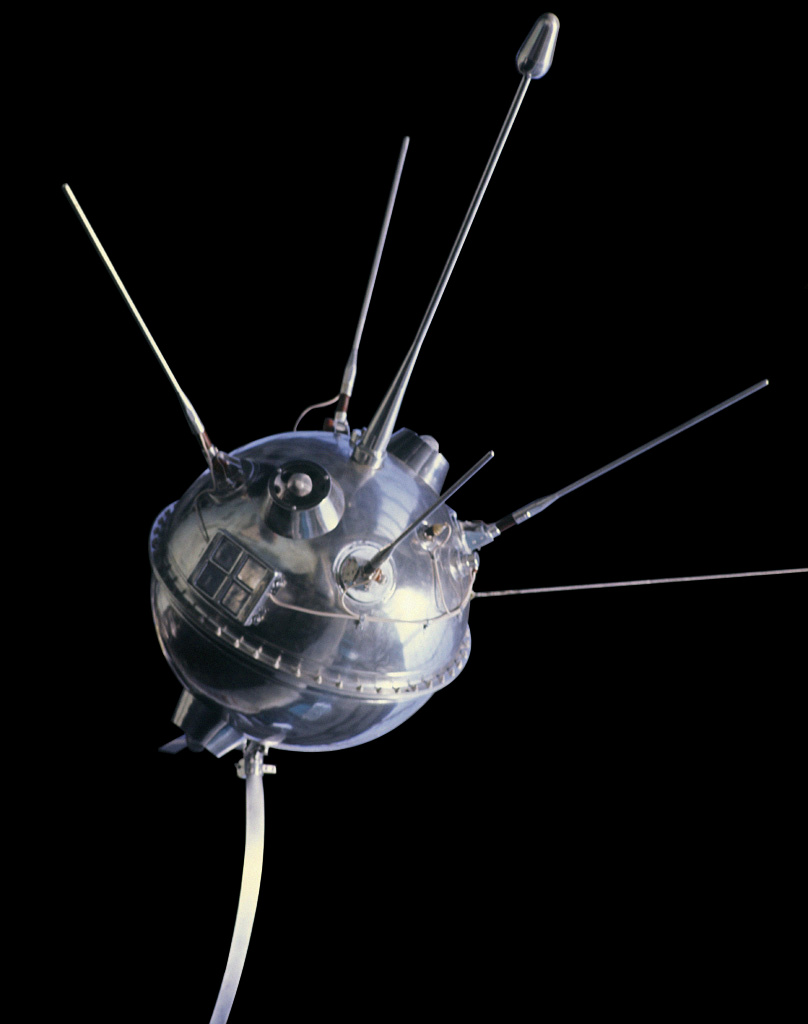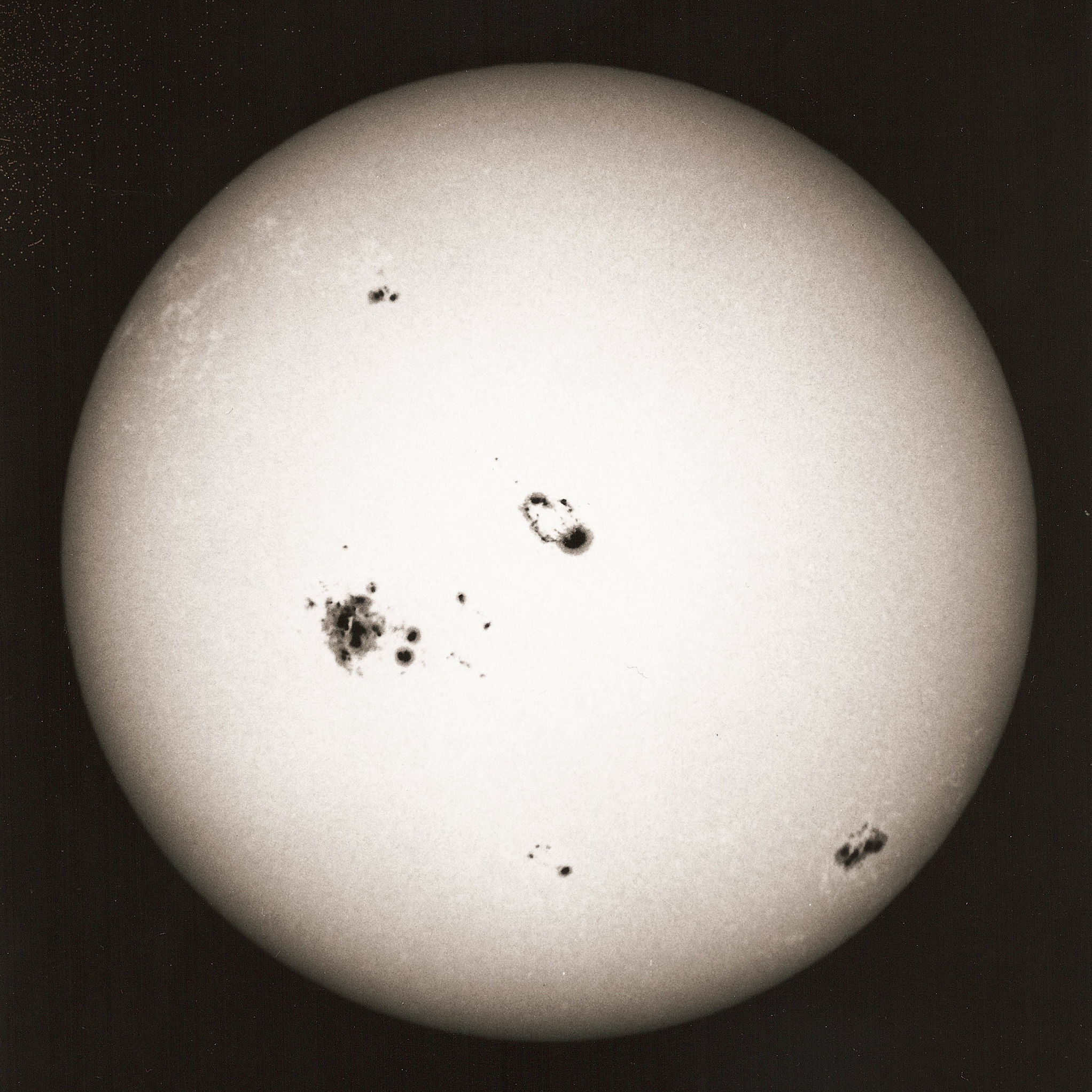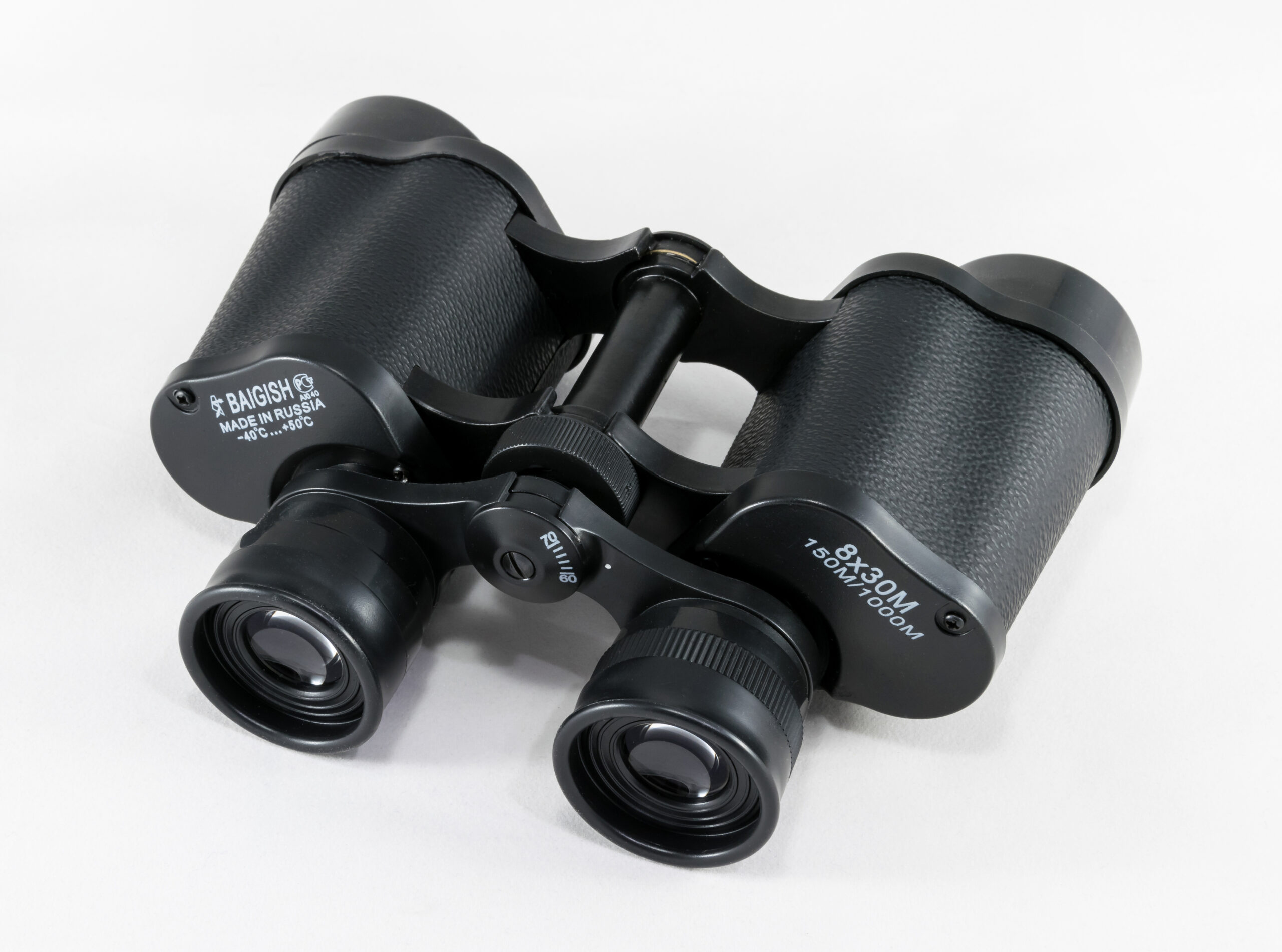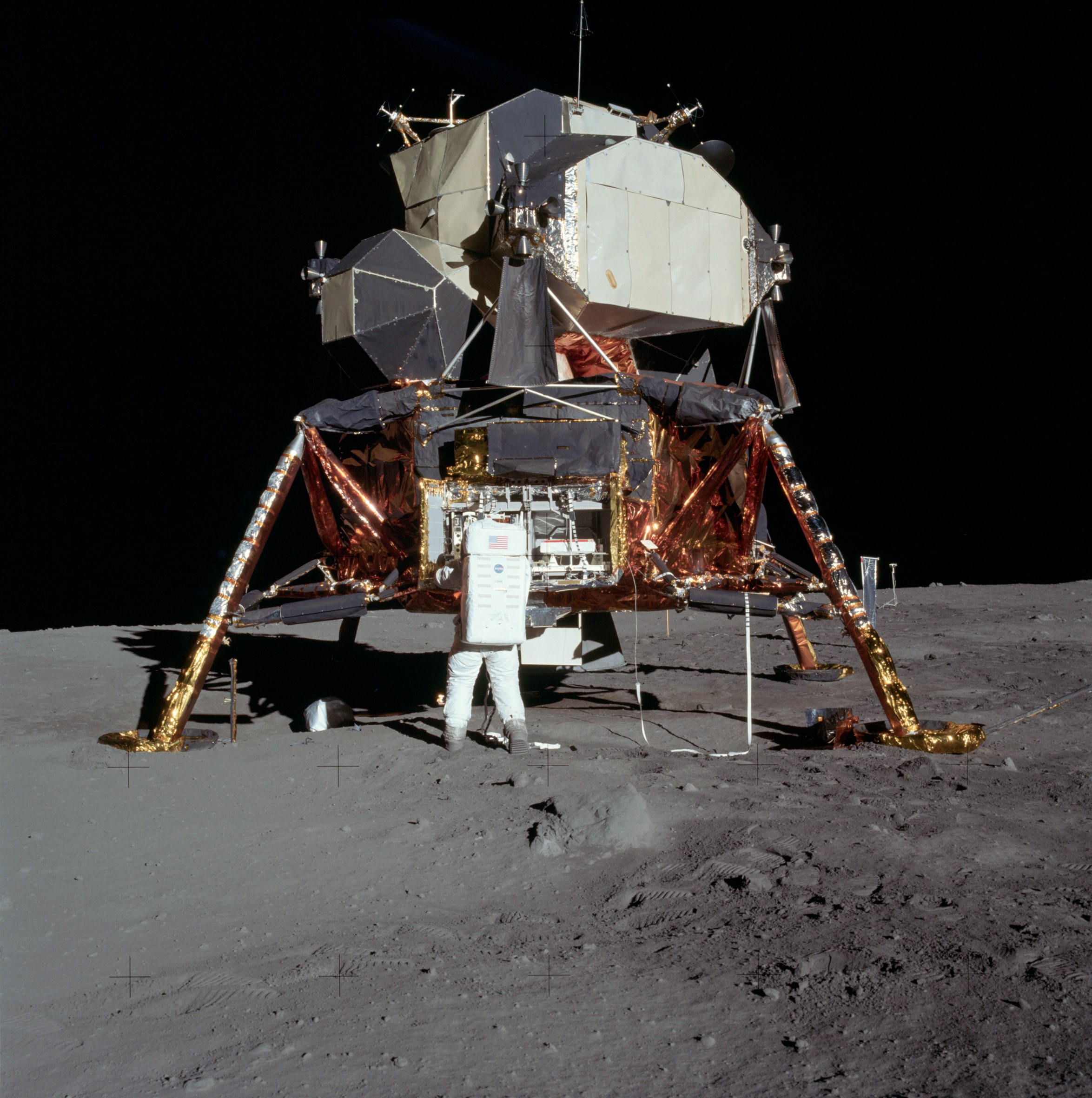After Sputnik the Soviet Union turned its attention to the Moon in 1958. The United States then followed. There is a story behind all these early space craft of the late 1950’s. These early probes that led the way to what would be Man’s outstanding achievement in Apollo 11 and later missions to the Moon.
At the beginning of the 1950’s many people didn’t believe that sending space craft into space was a far off dream. The thought of sending spacecraft to the Moon was considered ludicrous. Peoples thoughts were firmly with the struggle with the U.S.S.R and the Cold War. But things were to change.
The final years of the 1950s marked the start of an extraordinary adventure for mankind. The two world’s superpowers turned their gaze to the cosmos, the race to the moon commenced, a quest driven by bold ambition and the intense rivalry generated by the Cold War.
This period witnessed a defining moment with the launch of the Soviet Union’s Sputnik in 1957, which sent shockwaves through the geopolitical landscape. The U.S. response was swift, initiating their own projects aimed at lunar conquest.
These missions, primarily the Soviet Luna program and the American Pioneer projects, laid the groundwork for all future space endeavors. The objectives were clear: to chart the unknown, to claim the high ground of space, and, perhaps most importantly, to demonstrate technological superiority.
These pioneering efforts continue to impact today’s space exploration. They not only served as a catalyst for the space race but also left an indelible mark on our collective knowledge of the moon and space.
The Pioneers of Lunar Exploration: Notable Missions and Spacecrafts
The era of lunar exploration that illuminated the latter part of the 1950s, a few missions invariably stand out. Among these, the Luna and Pioneer programs are the most noteworthy. Each spacecraft bore the weight of our collective hopes and symbolized our insatiable curiosity

Luna 1. Luna 2 was built upon similar lines.
Luna 1, engineered by the Soviet Union, embarked on its historic quest on January 2, 1959. It was designed as an impactor, a spacecraft that crashes on the Moon, but a communications failure failed to put Luna 1 on a lunar trajectory. Luna 1 earnt the distinction of being the first spacecraft to reach the vicinity of the Moon and the first to achieve a heliocentric orbit. While Luna 1 did not make a lunar landing, its journey delivered valuable data on the Moon’s environment.
The Soviet Union followed up with Luna 2. This spacecraft was sent on a direct route to the Moon. Like its predecessor, Luna 1, Luna 2 was deigned as an impactor. The impactors were designed to test if the Luna surface was hard or, as some scientists thought, a large dust bowl where space craft landing on the Moon would sink into. On September 12, 1959, it successfully crash-landed on the Moon’s surface, offering unprecedented insights with its payload of scientific instruments. It speed from the Earth to the Moon reached 11.5km per second and crashed into the Moon at 3.3km per second.
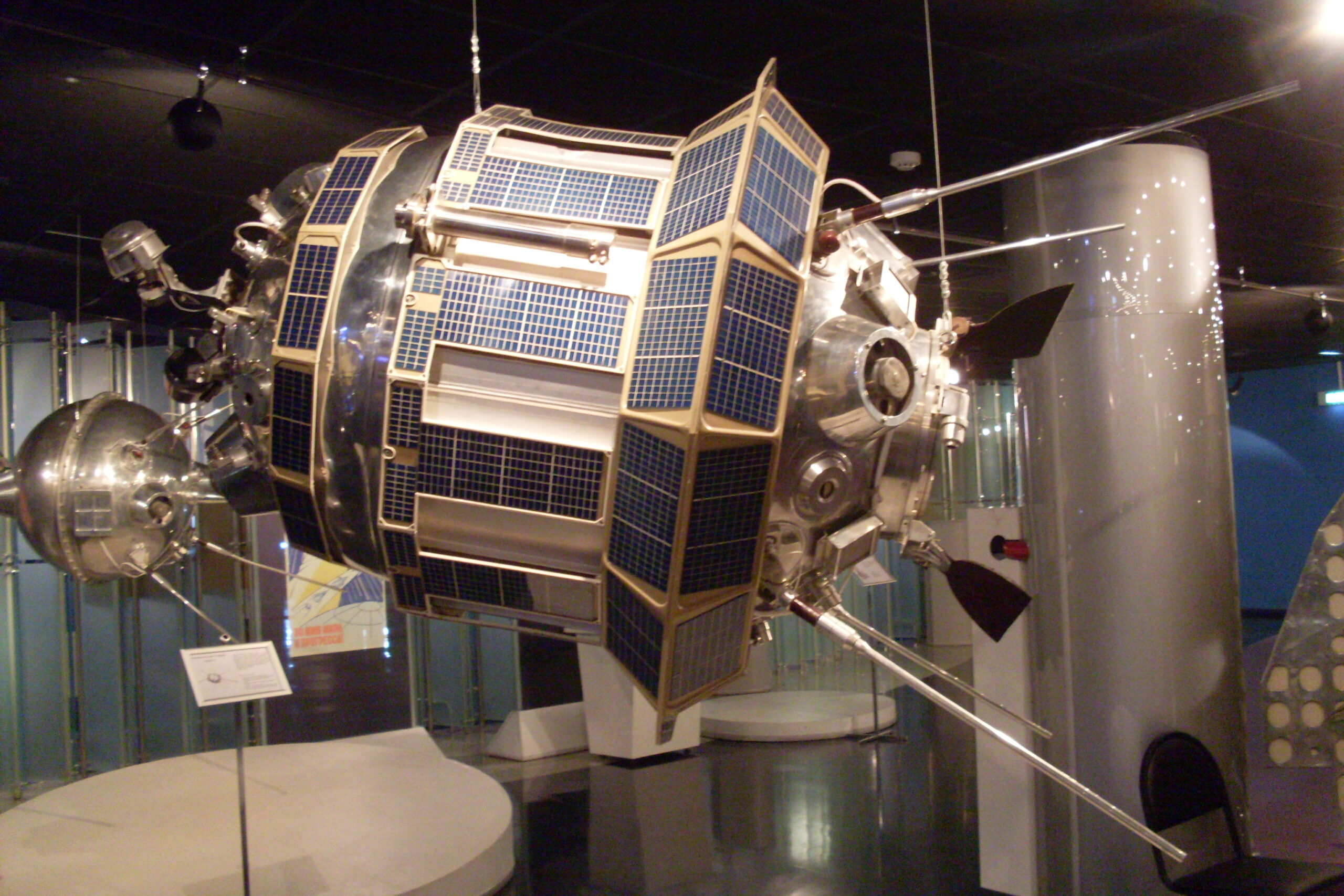
Replica of Luna 3 in the Memorial Museum of Astronautics
Luna 3 was launched soon after. But Luna 3 was different from Luna 1 and 2 in that it was built as an orbiter, Its prime mission was to photograph the Moon from Lunar orbit. This was a significant success, apart from the camera not functioning correctly, not only from the photographs it took but the first photograph of the far side of the Moon. In all Luna 3 took 29 photographs of the far side. Made a final swing around the Moon before it destroyed itself in the Earth’s atmosphere.

First picture of the far side of the Moon sent back by Luna 3.
The United States’ responded with the Pioneer program. Pioneer 4, in 1959, sought to decode the mysteries surrounding our natural satellite. It was planned to be an impactor but failure of the upper stage of the launch vehicle Pioneer 4 missed the Moon by 6,500km. Although it failed to collide with the Moon, as intended, Pioneer 4 however provided critical distance measurements and marked a key milestone in the nation’s space endeavors. Pioneer 4 was then placed into a heliocentric Orbit.
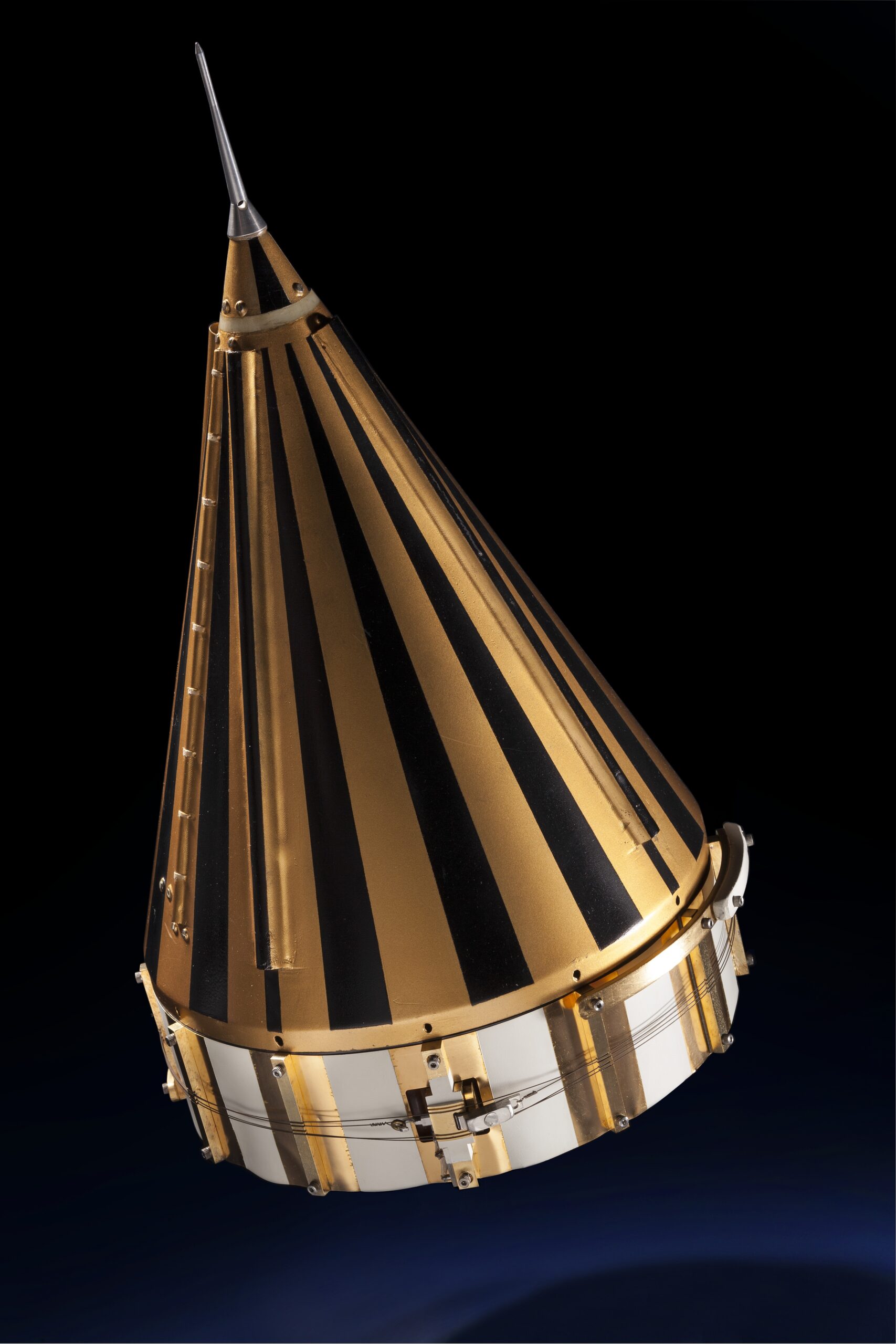
Pioneer 4 was America’s only successful Moon probe of the 1950’s.
The Human Element: Behind the Scenes of Moon Missions
There were many individuals, scientists, mathematicians, engineers who worked tirelessly behind the scenes to bring about, not only the Space Race and the Luna missions but what came after the initial moon probes. individuals who orchestrated the very first lunar expeditions.
Those that worked closely with these early pioneering spacecraft were often hard working scientists who developed and planned these missions. Many parts of the calculations were designed by hand. No fast running computers then only painstaking hours to design and produce a spacecraft capable of getting to the Moon. Then there was the mathematicians, the people who had to calculate the spacecrafts trajectory to the Moon and how it would act when it got there. Many of these calculations had never been done before and they had to be done by hand.
But behind all these missions there was the cloud of the Cold War. Two diametrically opposing ideologies in fear of the other. This resulted in the early Moon missions and later into the NASA’s Apollo Missions and Space Shuttle Missions eras as technical race as well as space program.
But this was not always the case. While politicians ‘sang the song’ of their ideology and ran their proxy wars, the scientists and engineers quite happily swapped information gleaned from these missions.
Two scientists however stand out against the rest. Sergej Korolev who was the chief designer of the Soviet Space Program and Wernher von Braun who was the American pioneer of rocket design. Both scientists contributed towards man’s first missions into space and laid the foundations for Man to fly in Space and eventually land on the Moon.
It is to these men, and others like them, who laid the path to human spaceflight. Humans achieved these goals, but it needed the visionary of a few to propel Man forward into the ‘final frontier’.
Reflections on Early Lunar Expeditions: Impact and Legacy
These first tentative steps into Space laid the ground work for later missions into Space. Each failure was a ‘success’ in its own way. It led to advances in rockery design, improvements in world communications, new advancement in engineering. From all this advancement eventually led to everyday things we take for granted today, mobile phones, digital cameras and GPS, just to name three.
The moon missions between 1957 and 1959 might seem primitive by today’s standards, but they laid the foundations for all spacecraft and space probes that came after them.
But probably the real legacy of those early missions was that it started to bring the World together. From sharing data received from a mission to joint projects. From Skylab and Mir to the Space Shuttle and the International Space Station, where astronauts, cosmonauts and scientists from all countries worked for the scientific good, not tied to the allegiances of an ideology.
